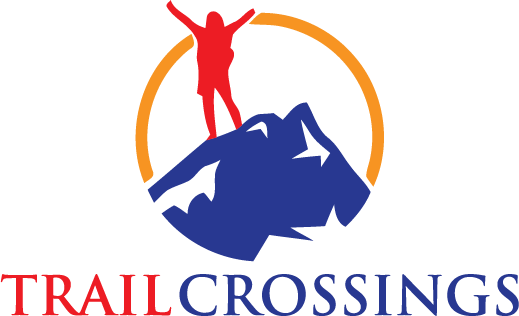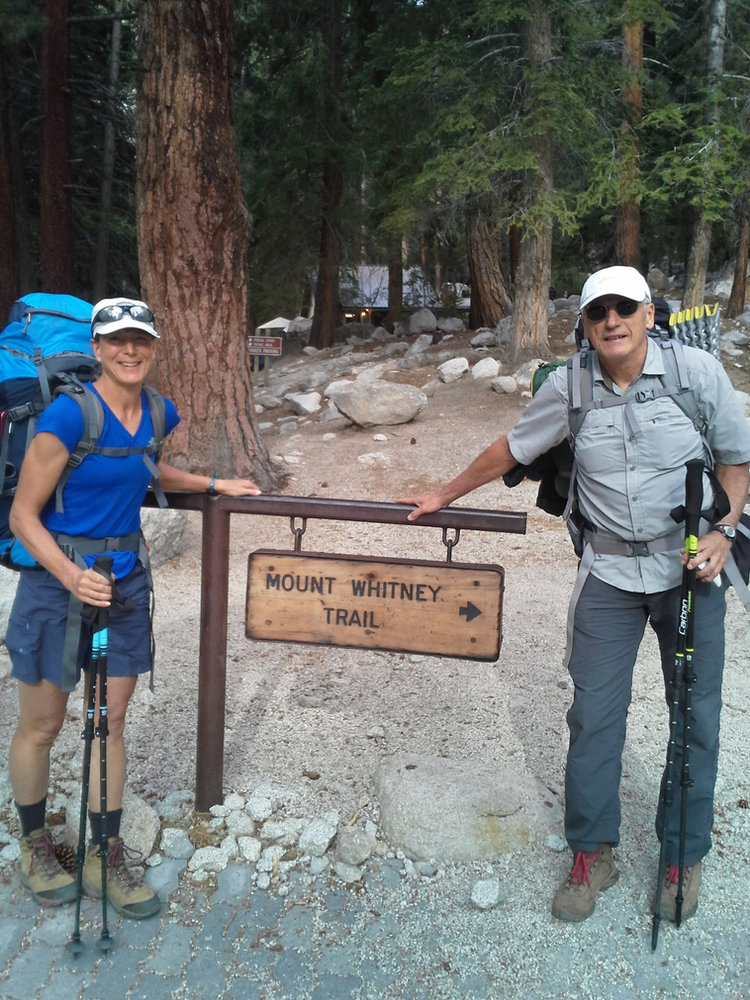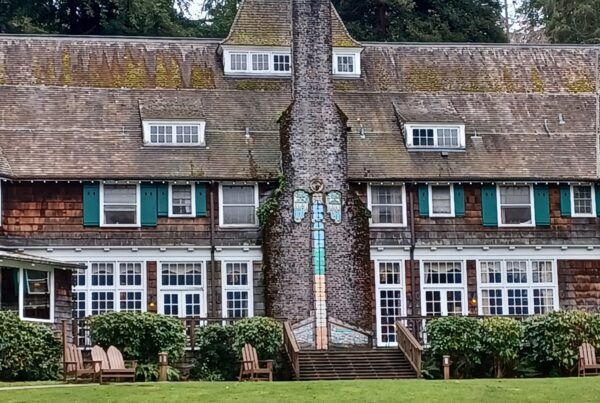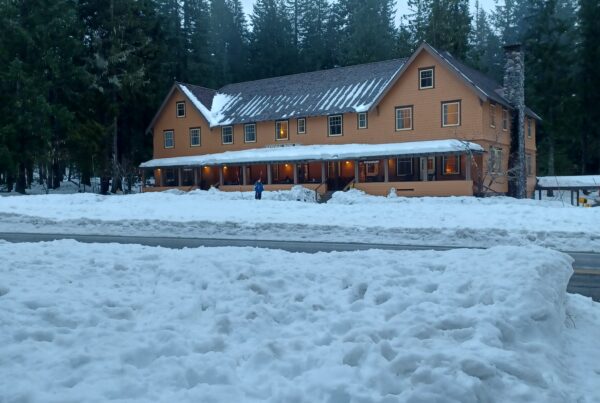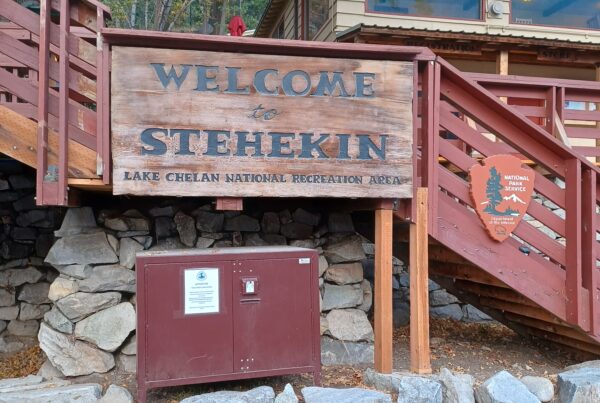The Mt Whitney hike is on every hiker’s bucket list. At 14,505 feet, it’s the highest point in the lower 48 and is one of those rare high peaks that you can hike to without any mountaineering skills. There is some prep work you need to do, like getting your Mt Whitney permit and dealing with the altitude. This hiking guide has everything you need to know to successfully climb Mt Whitney. Keep reading for all the info.
Before you apply for your Mt Whitney permit, you need to decide on your route to the summit. This hiking guide focuses on the popular Mount Whitney Trail from Whitney Portal (by Lone Pine), which allows you to do the hike in a day or overnight camping trip. I highly recommend taking this route as it’s the best option for first-timers. But there are other options too, all of which require specific permits. Notice who has the biggest pack!
MT WHITNEY TRAIL DAY HIKE
Many people tackle Mt Whitney as a 22 mile round-trip day hike. It sounds long but is very doable with the proper training. Your chances for getting a permit on the day hike are also generally the best. However to give yourself the best chance of summiting (especially you flat landers, yea you guys from Kansas.)
You don’t have to tackle all 22 miles of the Mount Whitney Trail in one day; you can also do the hike over two (or more) days and camp on the trail. There are pros and cons to camping. Big on the pro side is that you can split the hike up into smaller chunks, you can acclimatize, and get a beautiful night under the stars. On the con side, permits are tougher to get, and you have to haul a much heavier pack up the mountain. We took the two day option. First day at 12,000 feet, second day summit and return to Portal.
Since we had issues with altitude we did a practice acclimation hike the day before from a campground to the portal and back.
The most popular place to camp is Trail Camp (12000 feet), 6 miles up the trail. It’s pretty rocky and barren, and doesn’t offer much shelter from the elements. You can also camp at Consultation Lake (near Trail Camp), Outpost Camp (3.8 miles on the trail, 10400 feet), or Lone Pine Lake* (2.8 miles, 9900 feet). If you do camp at these spots, pick an established campsite, don’t damage the landscape by creating a new one. All of these sites offer water and are first-come, first-serve.
Some tips if you’re camping:
It typically gets very cold at night, so prepare accordingly.
- You need to keep your food in a bear canister. There aren’t bears at the higher camps, but there are rodents and birds who will chew through your pack and tent (really). You can rent bear canisters at the ranger station and shops in Lone Pine, but call ahead to double-check.
- Keeping lightly active when you arrive at camp will help alleviate altitude sickness.
- No wood fires are allowed.
- You need to pack out all your waste (yes, that means poop) in a WAG bag. There are no porta-potties. You can pee 100 feet away from water on the rocks (avoid the plants). When you pick up your permit, a WAG bag is included with your permit fee, or you can pick one up at REI for a few bucks (recommended). The WAG bag is essentially a big plastic trash bag. To use it, open it up wide, do your business, close it with a bunch of twists, and carry it out.
- Good luck and have fun
